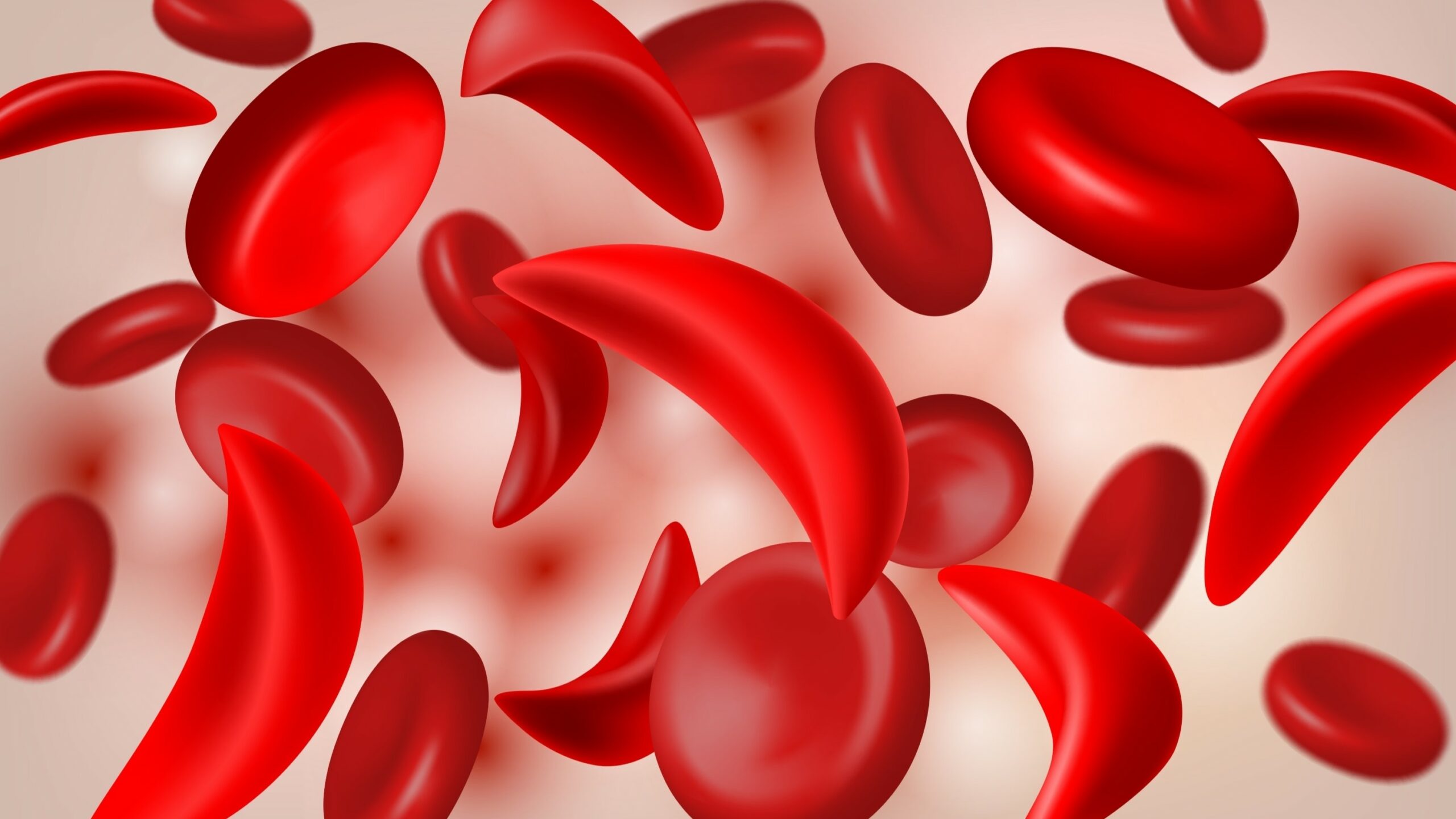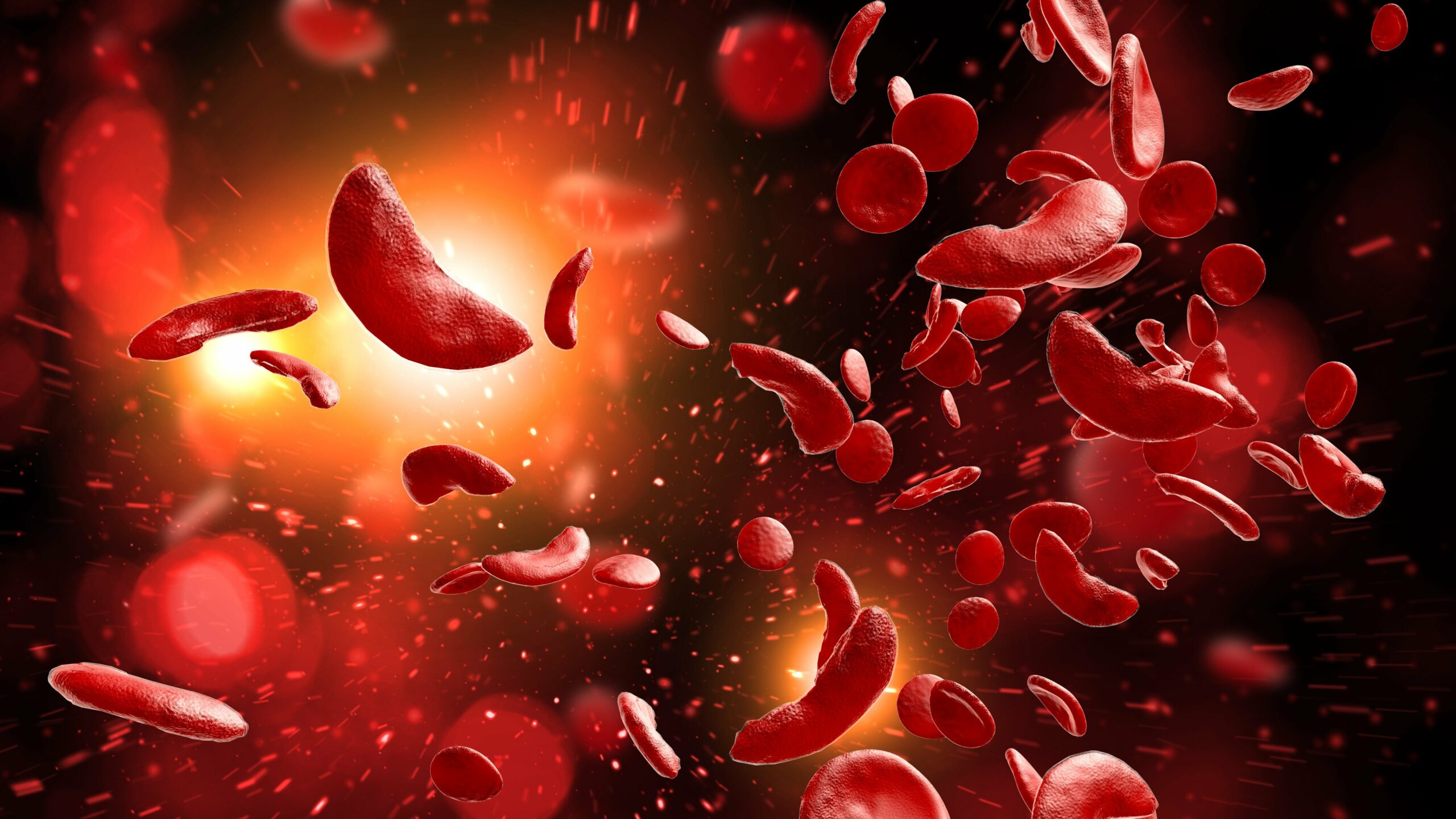Yaw Ansong-Ansongton, MD, on the Impact of Abnormal Mitochondria in Sickled Red Blood Cells
By Yaw Ansong-Ansongton, MD, Leah Sherwood, Patrick Daly - Last Updated: April 9, 2024Dr. Ansong-Ansongton, of the University of California, Berkeley, and University of California, San Francisco (UCSF), spoke with Heme Today about his presentation at the 2024 American Society of Pediatric Hematology/Oncology Conference, titled “Mitochondria Decreases Life Span of RBC and Contributes to Cold Induced Pain in Mouse Sickle Model.”
“The [Rivers Laboratory at UCSF Benioff Children’s Hospital Oakland] was the first lab to actually report that the sickled red cells abnormally retain mitochondria, and we believe this plays a role in the downstream effects of the disease pathophysiology,” Dr. Ansong-Ansongton said. “This specific research looked at the impact of that and also of cold temperature in red cell clearance.”
Researchers assessed red cell lifespans in a humanized mouse sickle cell disease (SCD) model by tracking the interaction of biotin and streptavidin in red cells over time and additionally staining for mitochondria and other markers.
“The key finding was that red cells that retain mitochondria have a higher clearance from circulation compared with those that don’t retain mitochondria. We believe that mitochondria retention may be playing a role in the longevity or the lifespan of the red cells,” Dr. Ansong-Ansongton stated.
Additionally, exposure to cold reduced intracellular calcium, the impact of which Dr. Ansong-Ansongton noted is still being investigated.
Dr. Ansong-Ansongton said the recent approvals of gene editing therapies for SCD are exciting, but he added that “what excites me the most is research that looks to create affordable solutions for underserved communities—because the majority of sickle cell patients are underserved—and the research being done in the Rivers Lab could be used by translational scientists to help develop small molecular drugs in the future.”







 © 2025 Mashup Media, LLC, a Formedics Property. All Rights Reserved.
© 2025 Mashup Media, LLC, a Formedics Property. All Rights Reserved.